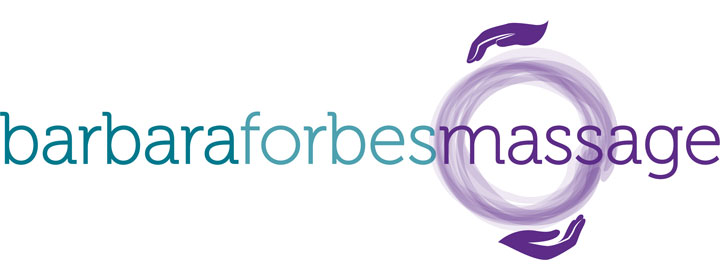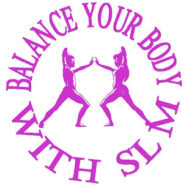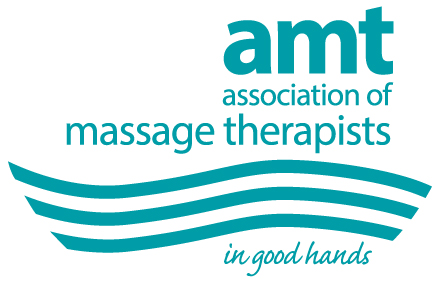
What are myofascial lines?
The term ‘myofascial’ refers to the unit comprised of muscle and connective tissue. It can be defined as a linear series of muscles/myofascial units interconnected within the fascial webbing of the body. Because each myofascial unit functions to create pulling force, a myofascial line acts to transfer the pulling force of one muscle to the other muscles of the lines.
According to Tom Myers, originator of the book Anatomy Trains Myofascial Meridians, we have 12 myofascial meridians in common use in human stance and movement.
These myofascial meridians work together as one system to bring balance and integrity to the structure and function of the body. When fascia, superficial or deep, becomes restricted along any of the lines, compensation patterns can create pain and dysfunction elsewhere in the body. As a result, painful problems in one area of the body can be linked to another area totally removed from the problem. For example, the pain you have between your shoulder blades or neck could be caused by tight glutes, tight hamstrings or even tight fascia on the soles of your feet.
How does this affect the treatment you seek?
A full body postural and structural analysis would help to identify which myofascial lines are tight and restricted creating your pain and dysfunction.
A unique bodywork/massage program could be developed to address the myofascial compensatory patterns your body is exhibiting.
A full body myofascial massage would treat all the interconnected myofascial meridians, both superficial and deep, to bring about a release of your compensatory patterns and associated pain.



